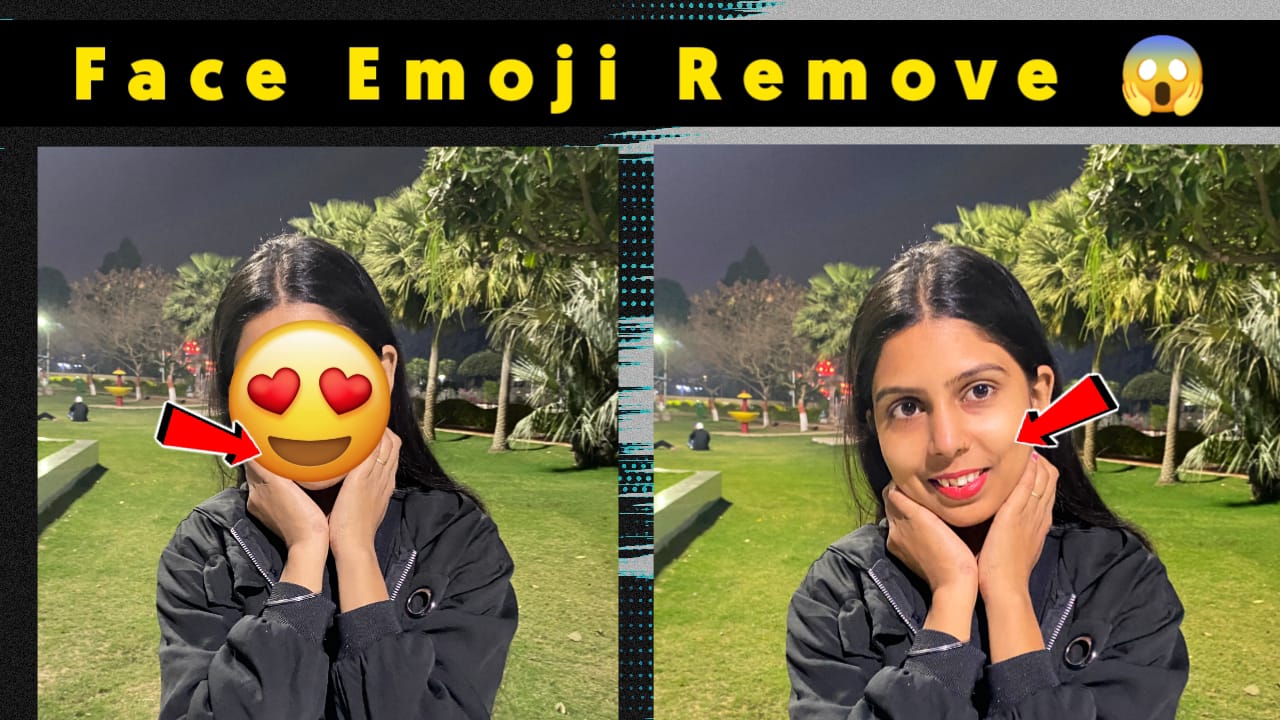
“Emoji Remove” could refer to several contexts, including applications or processes related to removing emojis from text, images, or digital content. Here’s a detailed exploration of what “Emoji Remove” might involve in different scenarios:
1. Text Processing Applications:
In text processing, “Emoji Remove” could be:
- Text Editing Software: Some text editors or word processing software might have plugins or features that allow users to remove emojis from text documents or messages. This can be useful in professional or formal contexts where emojis are not appropriate.
- Automated Scripts or Programs: Developers may create scripts or programs that analyze text and remove emojis programmatically. These tools could be used in data preprocessing for natural language processing (NLP) tasks where emojis are considered noise or irrelevant.
2. Image Processing Applications:
In image processing, “Emoji Remove” could refer to:
- Image Editing Software: Some photo editing applications might offer tools to erase or replace emojis from images. This can be useful for editing purposes or when emojis need to be removed from images for publication or formal documentation.
- Automated Image Processing Algorithms: Machine learning algorithms or image processing scripts could be developed to detect and remove emojis from images automatically. This could be part of content moderation tools or applications where emojis are unwanted.
3. Social Media and Communication Platforms:
On social media platforms or messaging apps, “Emoji Remove” might involve:
- Content Moderation Tools: Platform administrators or moderators may have tools to filter or remove emojis from user-generated content. This is often done to maintain community guidelines or prevent misuse of emojis in inappropriate contexts.
- User Settings: Some platforms might allow users to choose settings to hide or filter emojis from their feeds or messages. This customization can improve user experience for those who prefer less visual clutter or wish to avoid emojis.
Practical Applications and Considerations:
- Language Processing: In NLP tasks, removing emojis can improve the accuracy of sentiment analysis, text classification, or machine translation algorithms by focusing solely on textual content.
- Accessibility: Removing emojis from text or images can improve accessibility for individuals using screen readers or assistive technologies that may not interpret emojis correctly.
- Cultural and Contextual Considerations: While emojis are widely used for communication and expression, their interpretation can vary across cultures and contexts. Removing emojis may be necessary in certain professional or formal communications to avoid misunderstandings.
Challenges:
- Detection Accuracy: Automatically detecting and removing emojis without altering the intended meaning of text or images can be challenging, especially in cases where emojis are part of slang or informal language.
- User Preferences: Preferences for emojis vary widely among users, so tools or applications that remove emojis should ideally offer customization options to accommodate different preferences.
Conclusion:
“Emoji Remove” encompasses various applications and tools aimed at removing emojis from text, images, or digital content for different purposes. Whether in text processing, image editing, or content moderation, the ability to remove emojis serves practical purposes in enhancing communication clarity, improving data processing accuracy, and meeting specific user preferences or regulatory requirements.
